The most important monument in Laos is Pha That Luang, a symbol of Buddhist religion and the national sovereignty of Laos. Located in Vientiane, its name means “the Great Stupa,” and although evidence suggests it was originally founded in the 3rd century, it has been rebuilt several times. The most recent reconstruction took place in 1930 due to damage caused by foreign invasions.
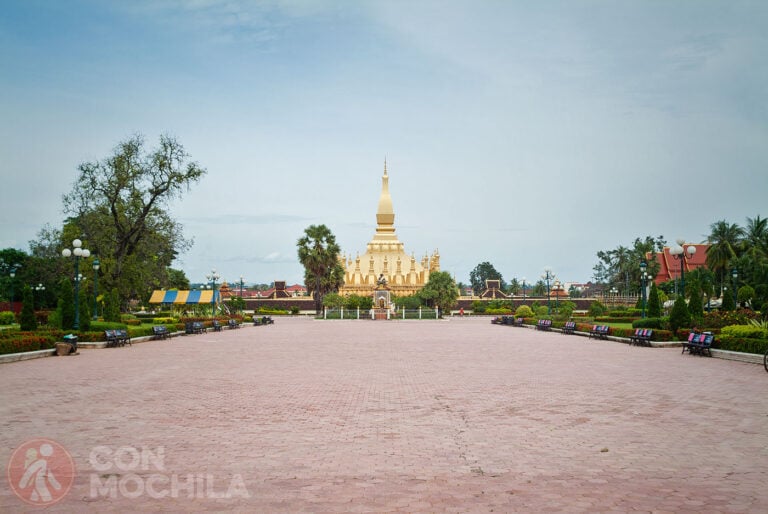
The golden stupa Pha That Luang is located about 4 km northwest of Vientiane city center. However, if you are visiting the Patuxai, it is only 2 km away, so you can walk there in just 20 minutes. So you can easily get there on foot or take a tuk tuk (you can negotiate the price).
A convenient way to visit it is on a guided tour in Vientiane, which will take you to this and other interesting places in the capital of Laos.
History claims that Pha That Luang was built in the 3rd century as a Hindu temple. It is further believed that Emperor Ashoka sent Buddhist missionaries from the Mauryan Empire and five Arahata monks, and that they brought a sacred relic of Buddha to the stupa.
There are indications that it was rebuilt in the 13th century as a Khmer temple, although it ended up in ruins.
Later, in the mid-16th century, King Setthathirat changed the capital of the country from Luang Prabang to Vientiane, so in 1566 he ordered the construction of Pha That Luang. It was rebuilt 4 km from the city center, and its name remains unchanged today.
At that time, it consisted of bases whose length was around 69 meters and the height was 45 meters. In addition, there were about 30 small stupas around it. But no, the changes did not end there.
In 1641, Gerrit van Wuysoff visited Vientiane, and King Sourigna himself organized a magnificent ceremony for him. He was amazed by the great pyramid with its gold leaf covering (weighing about 1,000 pounds), which led to it being raided and looted on several occasions.
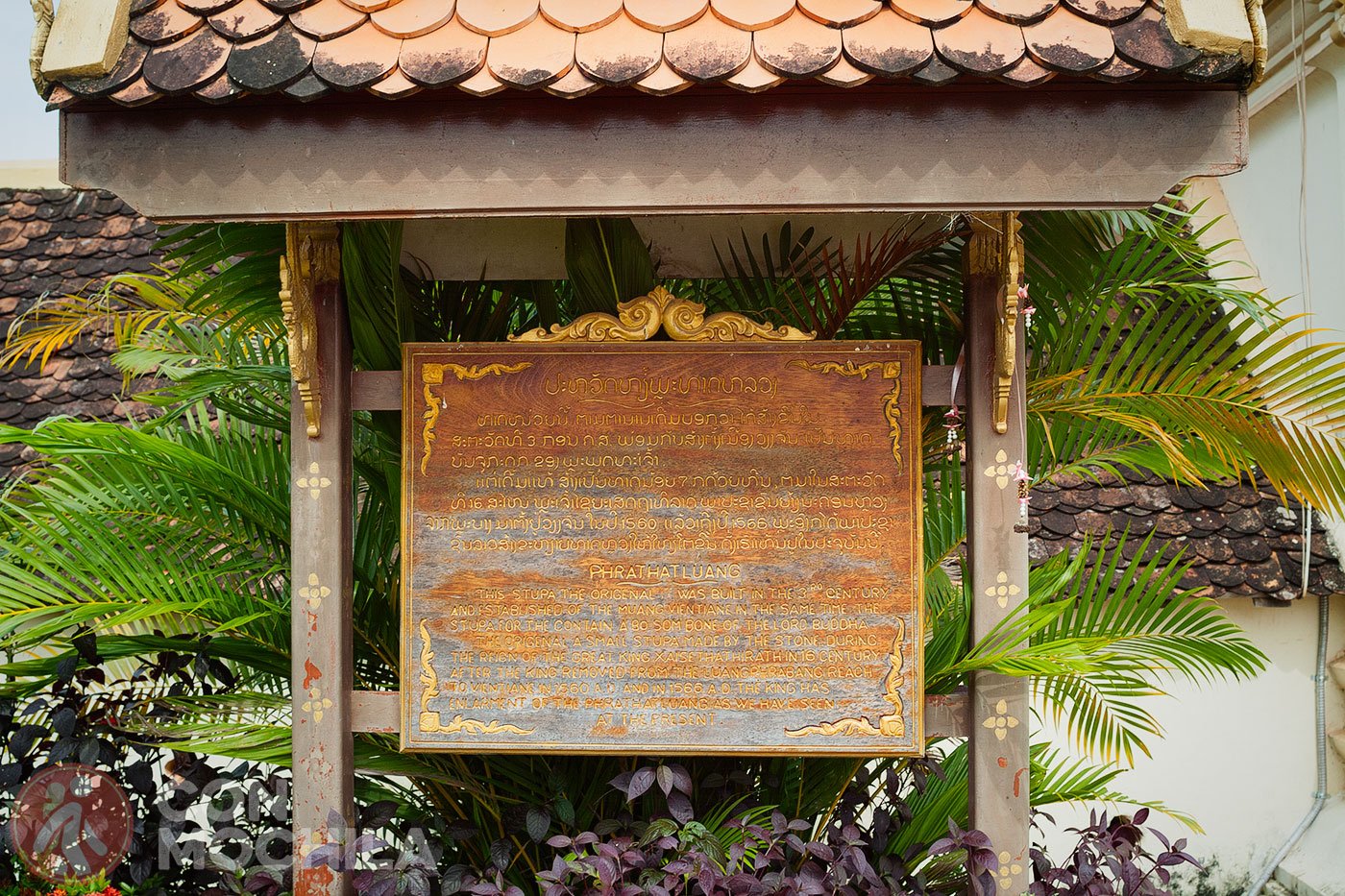
It was in 1828, during the Thai invasion, that Pha That Luang was completely destroyed and abandoned. However, the French set out to restore it while maintaining its original design.
This was done in 1900. But it was not easy, because the first attempt at restoration did not go well (due to Thai air raids), although it was restored again in 1930. In fact, it was not until the end of the Second World War that it was rebuilt for the last time.
The Pha That Luang building makes many historical and cultural references to Laos, hence it is considered the symbol of the country. Each level of the temple has different architectural elements that summarize Buddhist architecture.
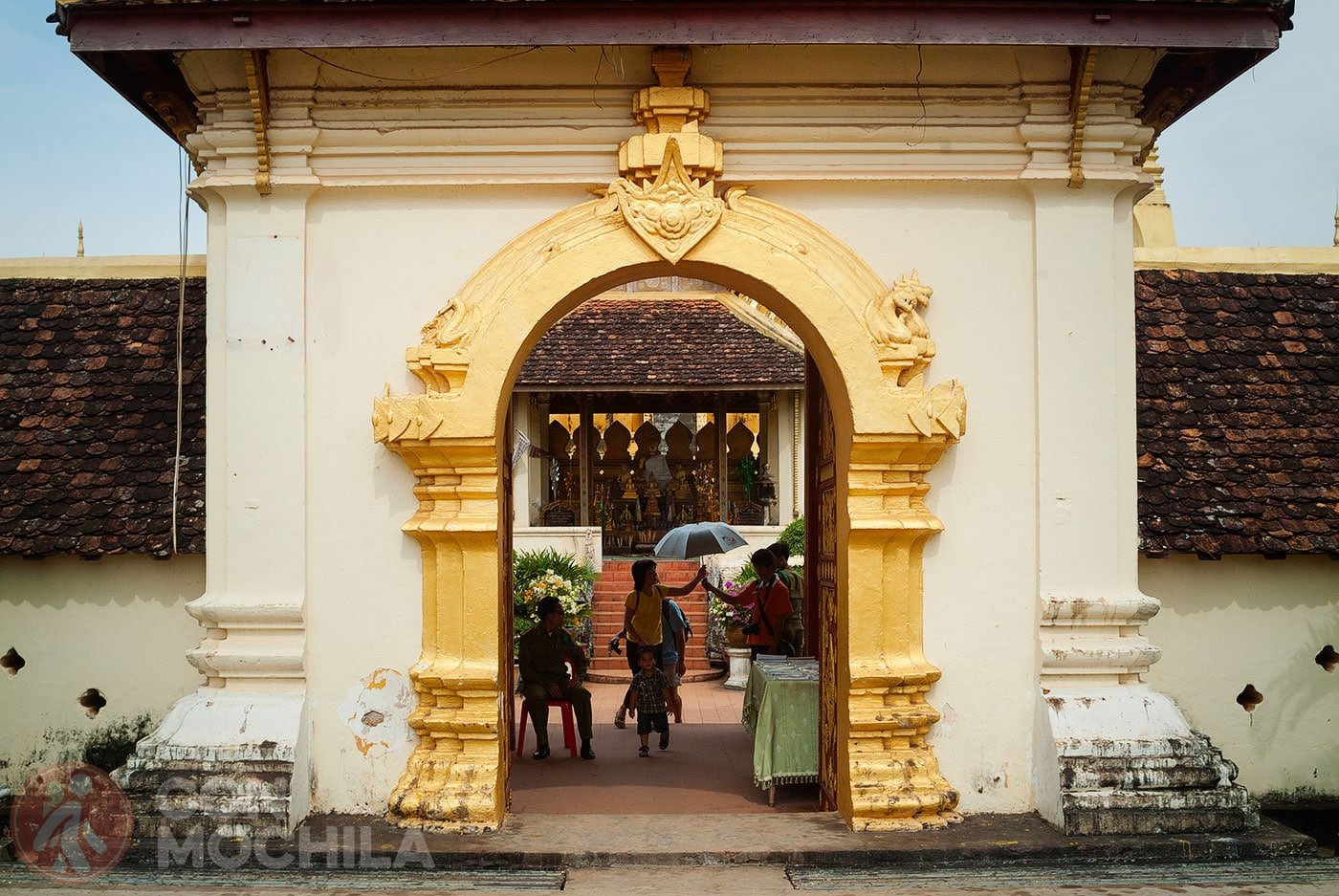
The monument consists of three rectangular levels. The outer level measures 68 x 69 meters. It represents the material world and has 4 vaulted prayer halls with stairs leading to the second level. These usually have Buddha figures and a lot of incense placed by the faithful.
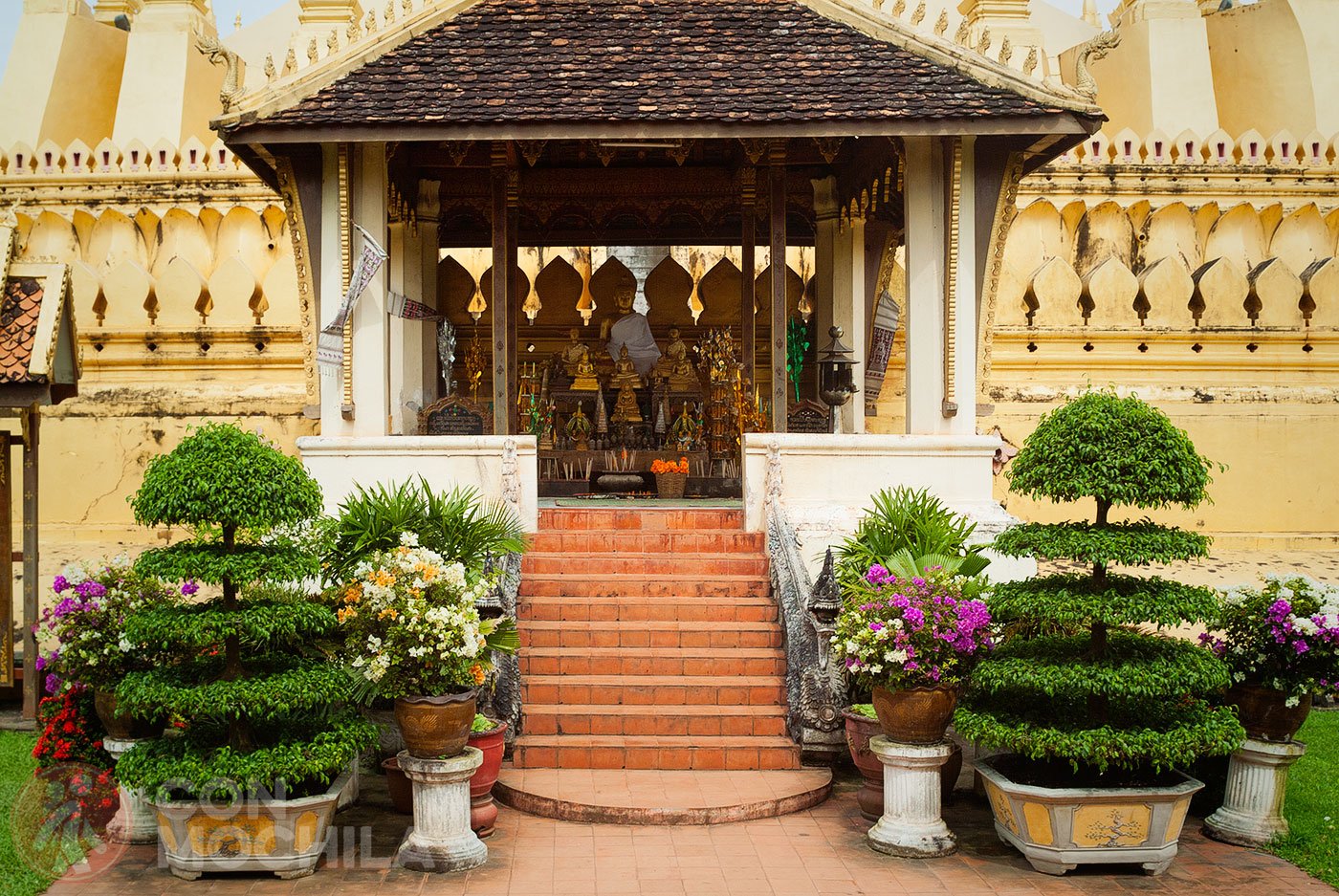
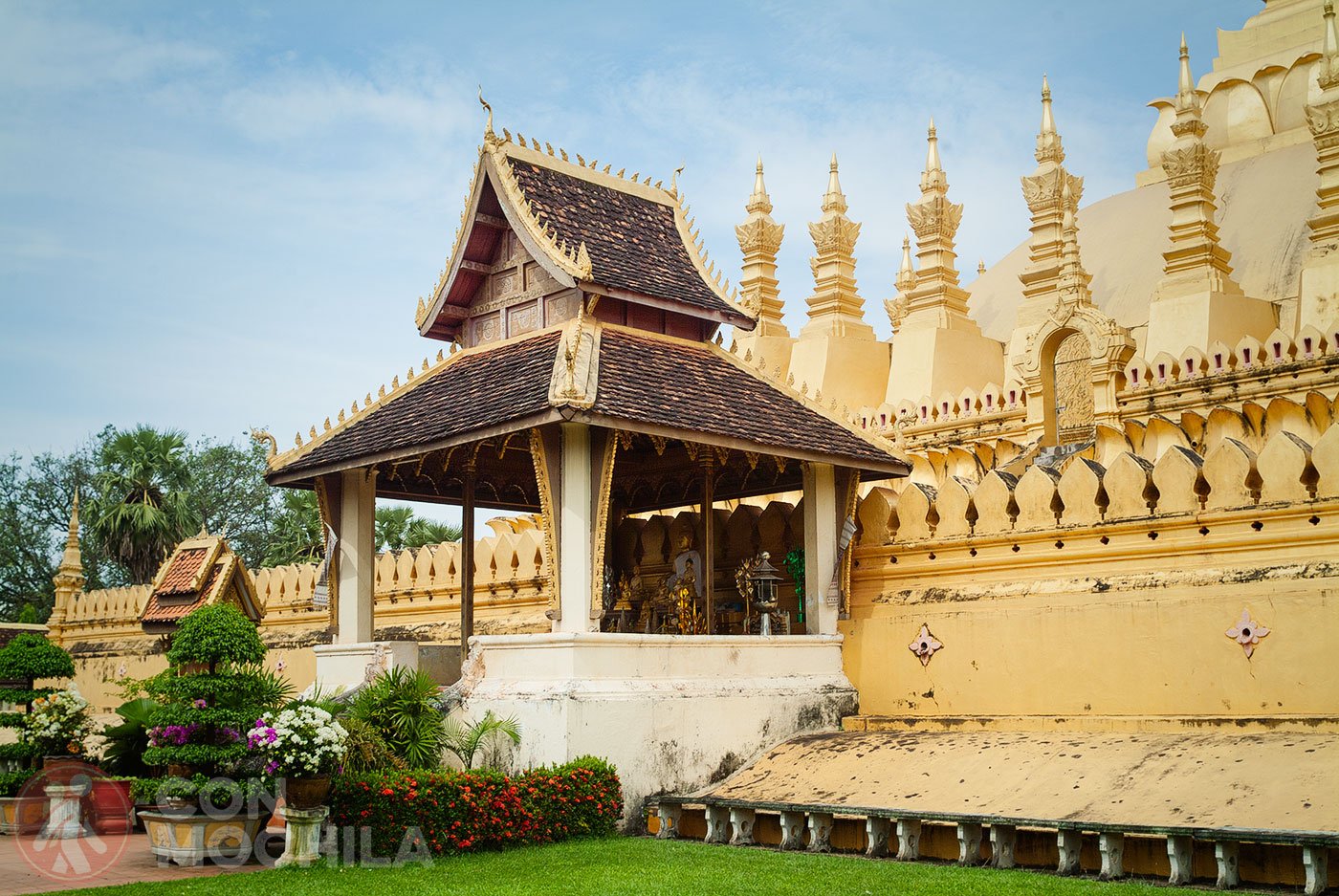
The second level measures 48×48 meters and is surrounded by 120 lotus petals. It also has 30 small stupas that symbolize the 30 Buddhist perfections.
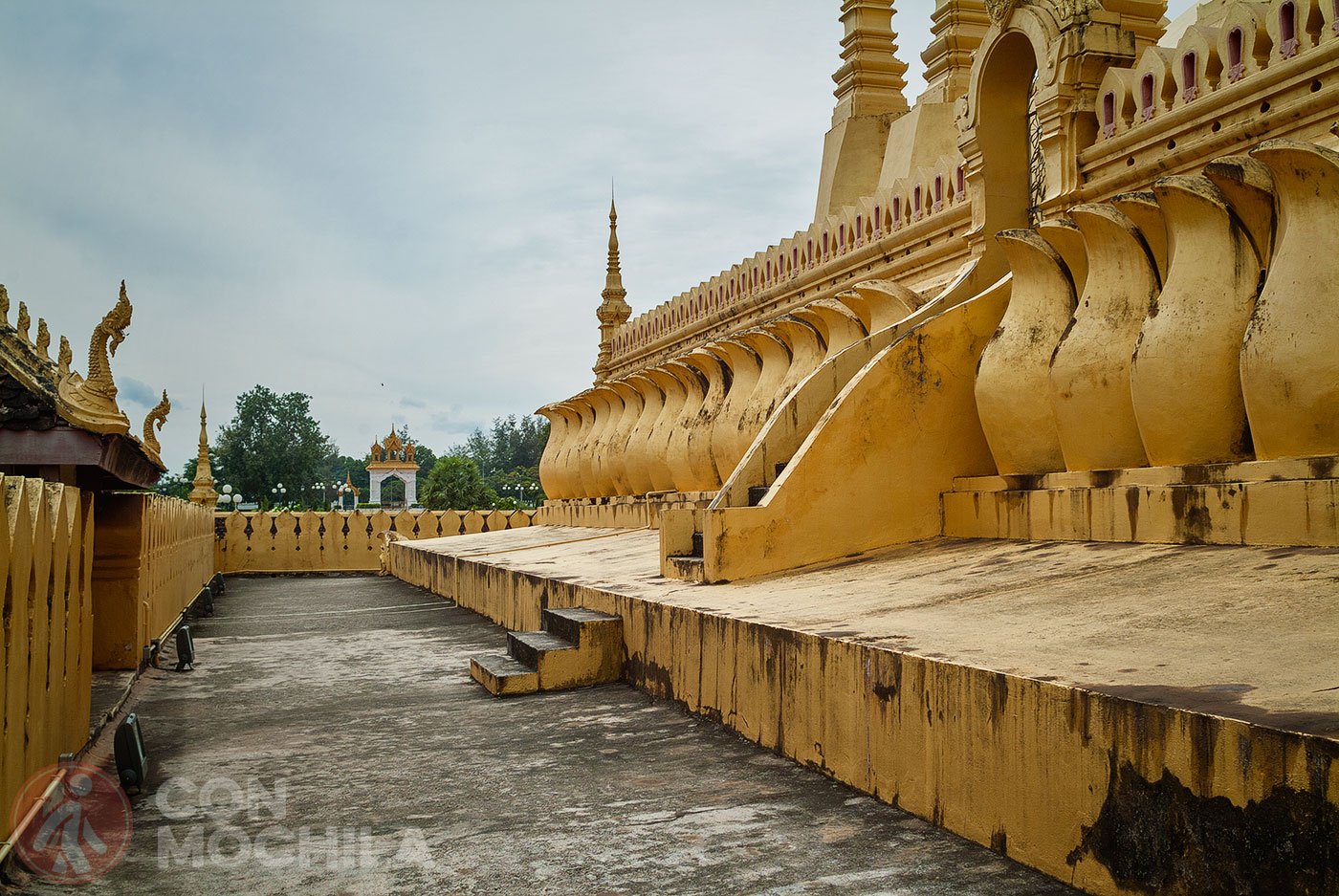
The third level measures 30x30m. It has a superstructure also surrounded by lotus petals. The curved, four-sided spire resembles an elongated lotus bud. At the very top is a banana flower and a parasol. The total height is 45m.
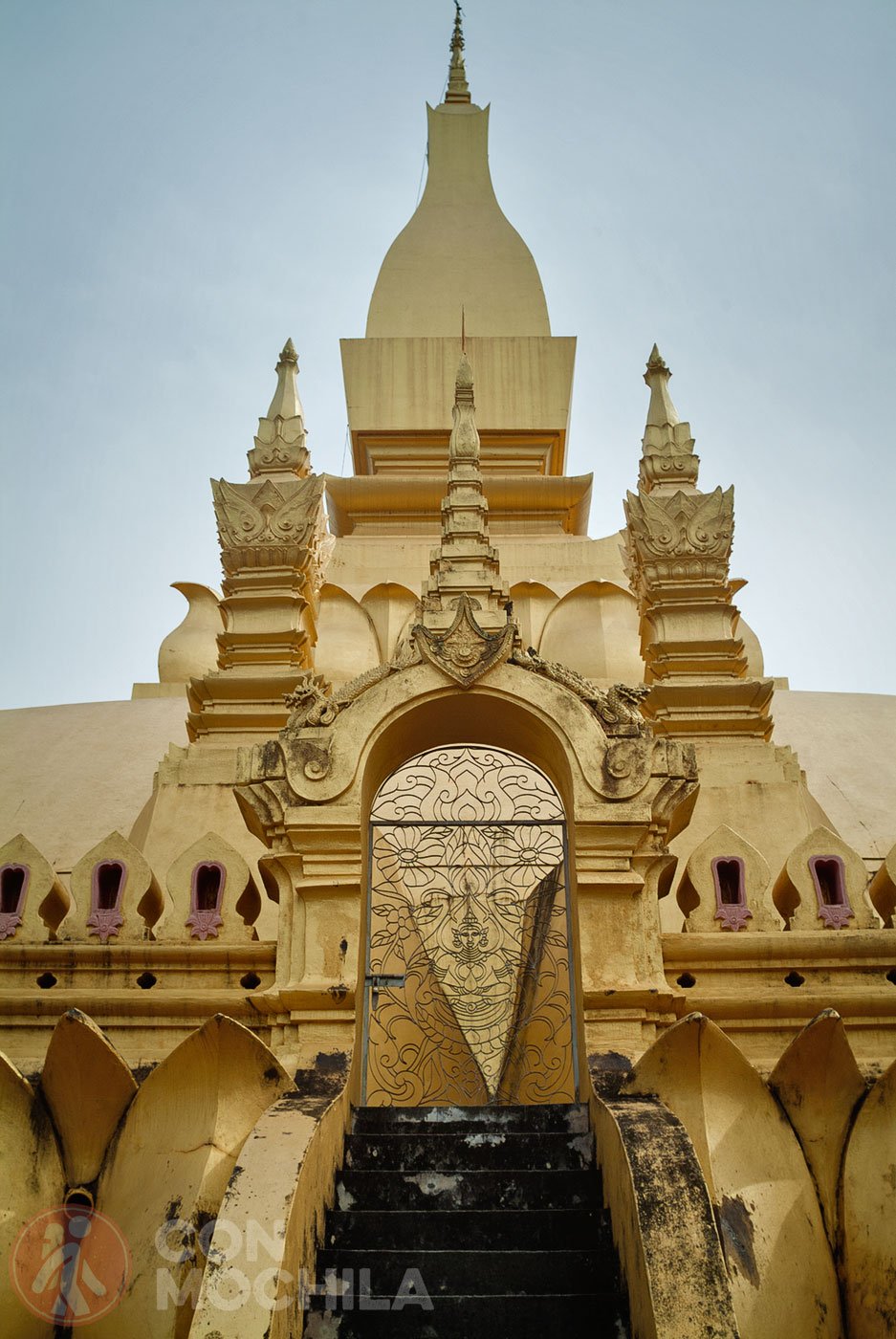
Also worth mentioning is the statue of King Setthathirat, located on a large esplanade that you will find as soon as you arrive at the site.
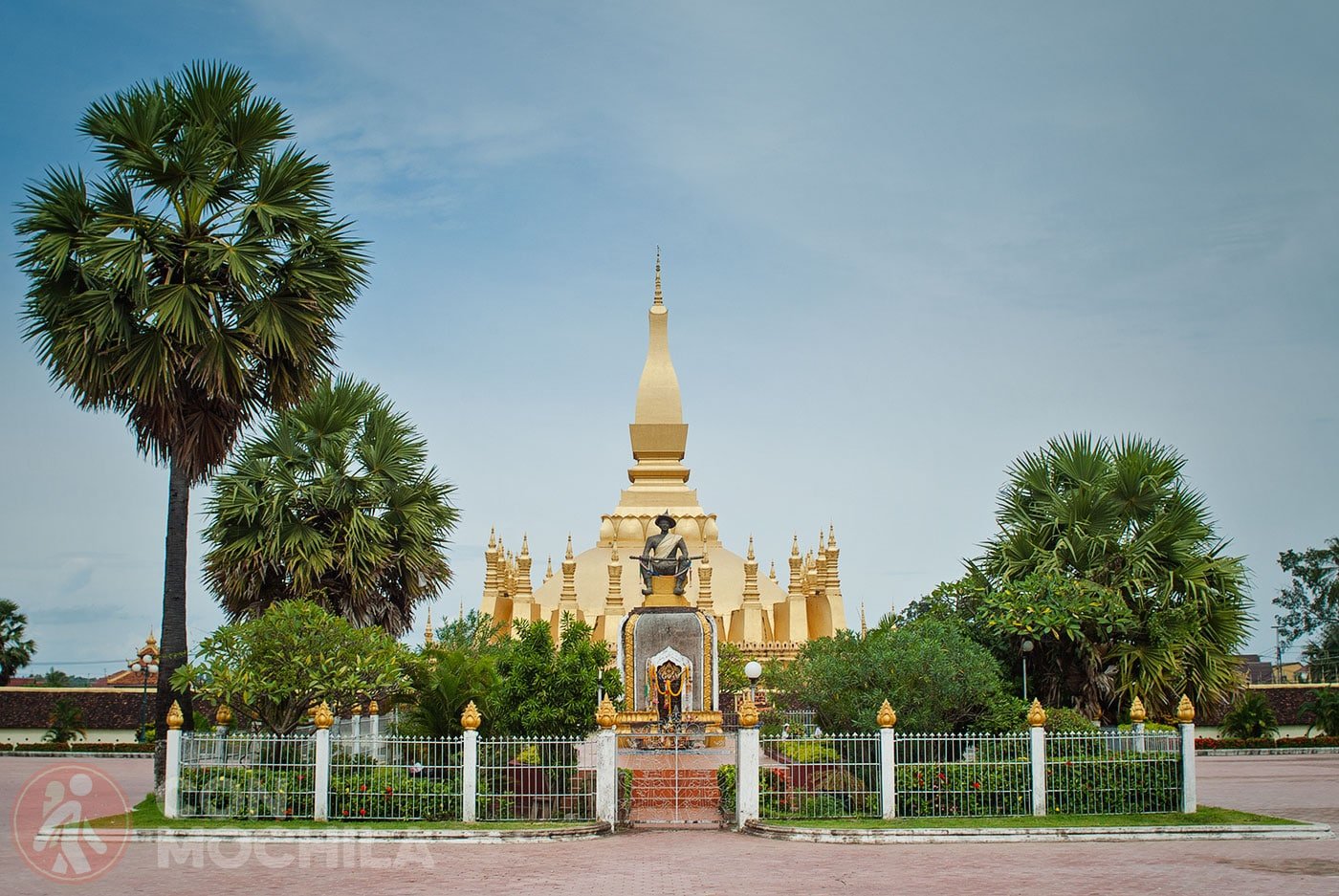
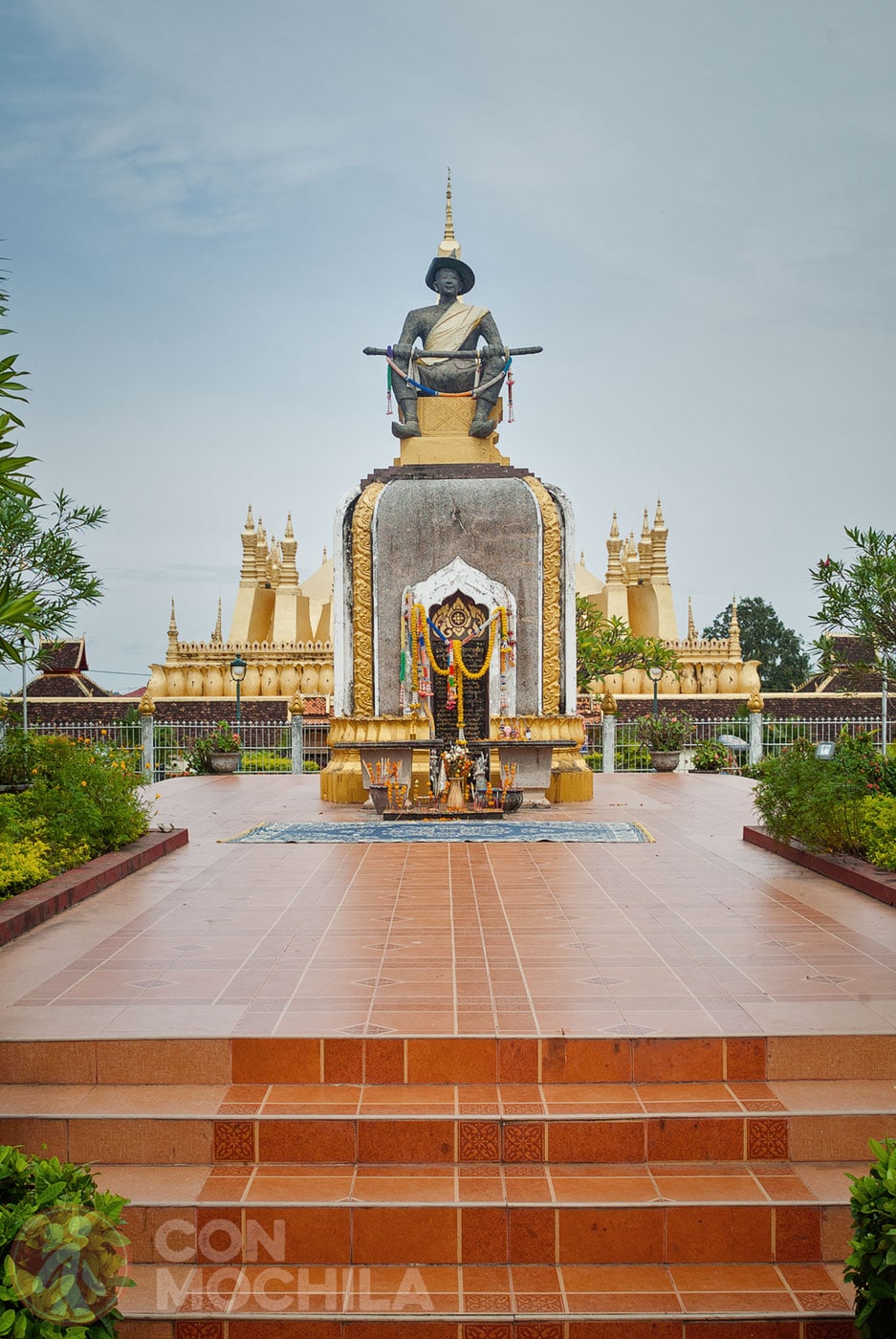
ACTIVE CAMPAIGN !
Until december 1st, you can get an automatic 15% discount on your Heymondo travel insurance.